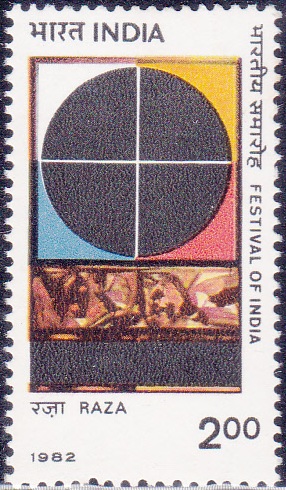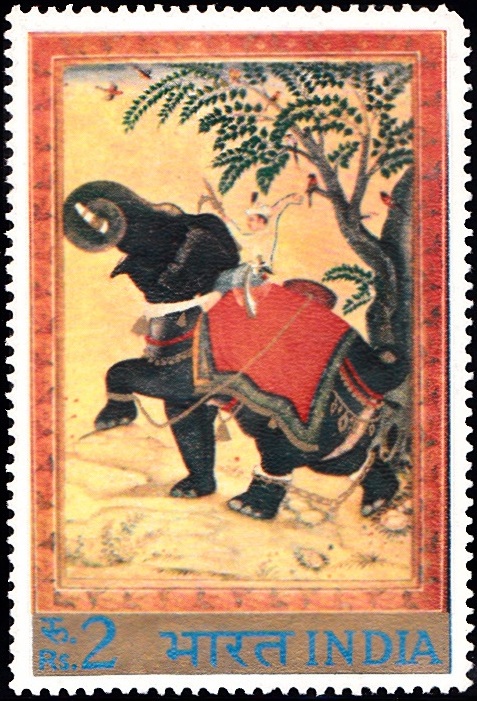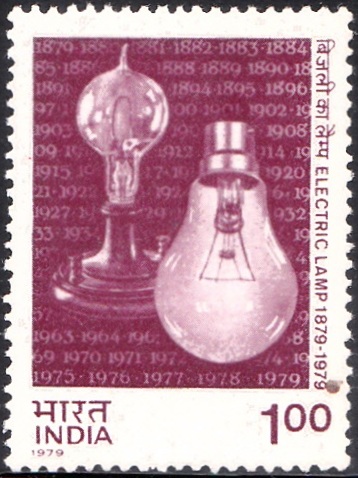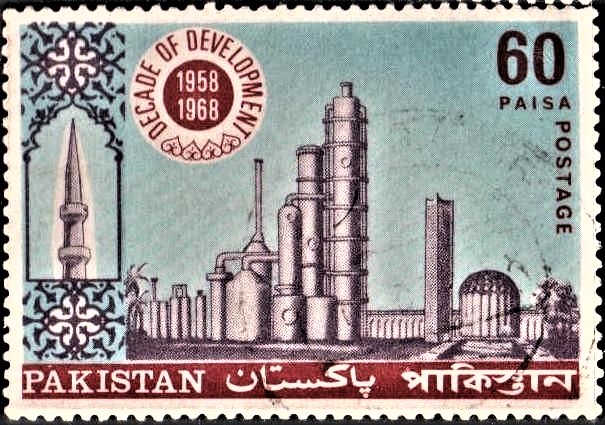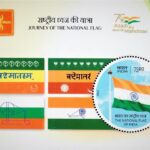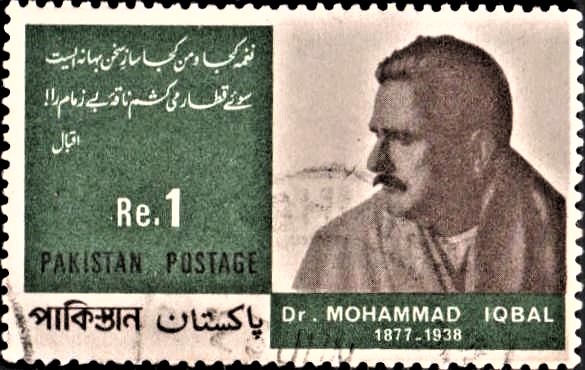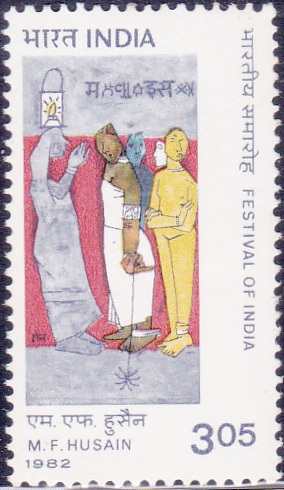
Indian Contemporary Art 1982
Complete Set of 2 nos of commemorative postage stamps on the Festival of India : Contemporary arts of India :
Issued by India
Issued on Sep 17, 1982
Issued for : Indian Posts and Telegraphs Department was privileged to issue a set of two special stamps on Contemporary Art.
Design : 305 paise stamp depicts M.F. Hussain‘s painting entitled “Between the Spider and the Lamp” and 200 paise stamp depicts the painting of Raza entitled “Bindu“. The stamps have been designed by India Security Press, Nasik. The first day cover illustration shows another version of Bindu by Raza along with Hussain‘s sketch of a Khajuraho Sculpture.
Type : Stamps, Mint Condition
Colour : Multicolour
Denomination : 2 & 3.05 Rupee
About :
- “Between the Spider and the Lamp“ :
- Painting in 1956, “Between the Spider and the Lamp” is still M. F. Hussain‘s most characteristic work. The painting embodies all the ingredients of his style. There is the figuration and there is the mystique – the magic of an intuitively conceived situation which is perceptible but inexplicable.
- In this memorable painting we encounter the characters of Hussain‘s dream world. They enact an episode or a situation which we recall as something we experienced but long, long ago and far away, as it were, in our dreams or as bits of poetry separated from their contexts combining to form a new whole.
- The figures, the characters, the five women in the painting are solidly formed, that is, depicted in strong outline and with a draughtsmanship which is superb. Each head and profile and torso is expressive in stance and in characterization. Evocative colour, used directly and daringly, further differentiates each person. A central panel of red sets off the figures and the top grey panel connects with the bottom through a passage formulated by the figure on the extreme left. In these grey panels are the key symbols – a lamp and an undecipherable script in the top and a spider in the bottom linked to the central figure by its thread,
- Both night and day are suggested, as well as twilight, if we go by the complexions of the figures, white yellow, amber and blue-mauve, and the flame of the lamp and by what could be constellations in the sky, the script. Two hands are held in gestures : the heads look in different directions but appear to revolve. The person on the extreme left, it seems, is speaking, addressing the others. which is superb. Each head and profile and torso is expressive in stance and in characterization. Evocative colour, used directly and daringly, further differentiates each person. A central panel of red sets off the figures and the top grey panel connects with the bottom through a passage formulated by the figure on the extreme left. In these grey panels are the key symbols – a lamp and an undecipherable script in the top and a spider in the bottom linked to the central figure by its thread, Both night and day are suggested, as well as twilight, if we go by the complexions of the figures, white yellow, amber and blue-mauve, and the flame of the lamp and by what could be constellations in the sky, the script. Two hands are held in gestures : the heads look in different directions but appear to revolve. The person on the extreme left, it seems, is speaking, addressing the others.
- “Bindu“ :
- “The inaudible sound” is visualised as “Bindu” the potential seed. A symbol of cosmic energy, it is a central point of emergence, a totality bearing forces within, contained in a unit which precedes life. Represented as a visible form, the black circle is an obscure space charged with slumbering energies. Hardly visible, a horizontal line meets a vertical line, engendering forces across the black space, then colours appear white, yellow, red and blue and produce the most important requisites of the pained world. Akin to the concept of Panchabhoota Shareer human body composed of five elements : Kshiti. Jaal, Paavak, Gagan, Sameer, the painting emerges as a living organism from the fusion of the five vital colour elements, centered around “Bindu” in their purest form, to their subsequent growth towards plenitude.
- Text by courtesy of Lalit Kala Academi and S.H. Raza
Subscribe
Login
0 Comments


